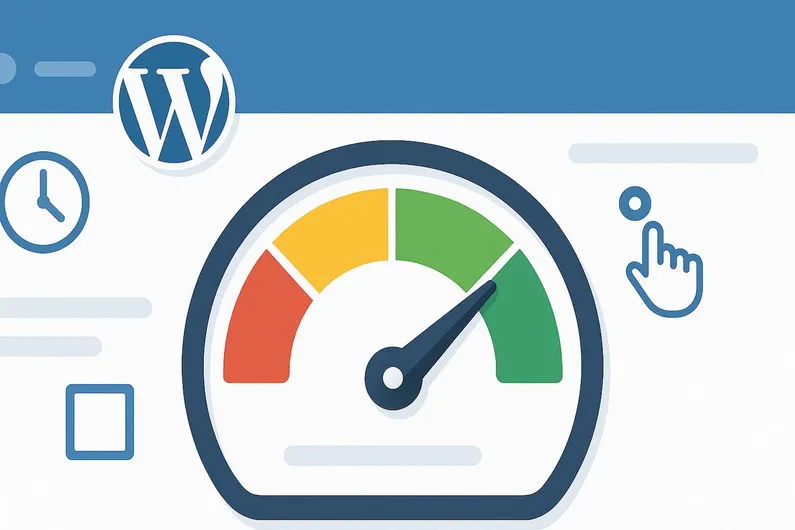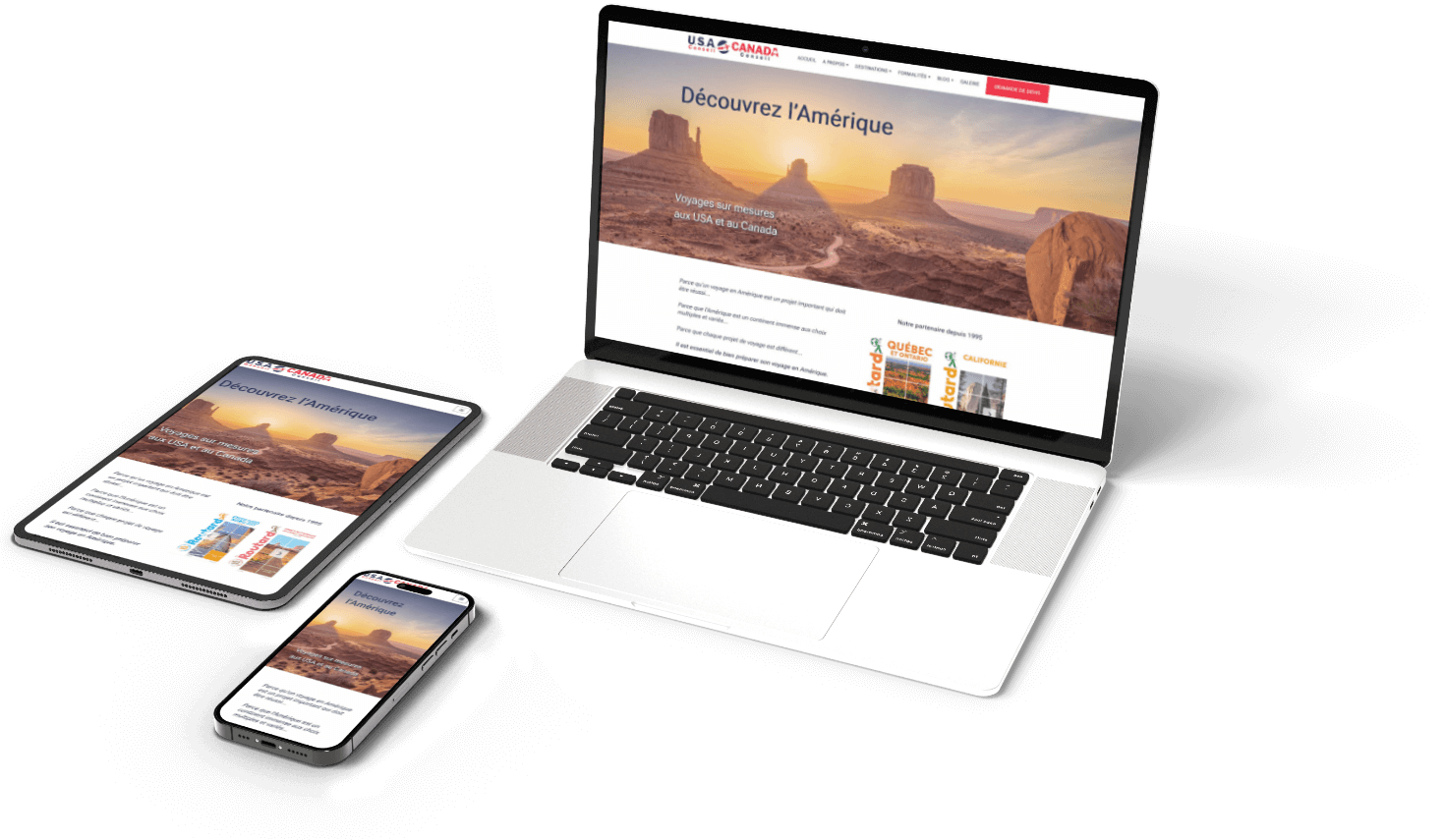
Improve Website Speed & Core Web Vitals | 9 Steps
Website speed isn’t just about user experience—it’s a critical ranking factor that directly impacts your SEO, conversions, and revenue. In 2026, Google’s Core Web Vitals have become more important than ever, with fast-loading sites seeing 15%+ higher conversion rates and better search rankings.
This comprehensive guide walks you through 9 proven steps to improve your website’s Core Web Vitals and overall performance, whether you’re a business owner or developer. Looking to audit your site comprehensively? Our SEO audit guide covers performance and much more.
Understanding Core Web Vitals
Core Web Vitals are Google’s three key metrics for measuring user experience:
1. Largest Contentful Paint (LCP)
What it measures: How long it takes for the largest content element to load Good score: Under 2.5 seconds Why it matters: Users expect to see content quickly
2. First Input Delay (FID)
What it measures: How long it takes for the page to respond to user interaction Good score: Under 100 milliseconds Why it matters: Responsive sites feel more professional
3. Cumulative Layout Shift (CLS)
What it measures: How much the page layout shifts during loading Good score: Under 0.1 Why it matters: Stable layouts prevent user frustration
Step 1: Optimize Images
Images are often the biggest performance bottleneck. Here’s how to fix them:
Use Modern Image Formats
<!-- Instead of JPEG -->
<img src="photo.jpg" alt="Description" />
<!-- Use WebP with fallback -->
<picture>
<source srcset="photo.webp" type="image/webp" />
<img src="photo.jpg" alt="Description" />
</picture>Implement Proper Sizing
- Resize images to their display dimensions
- Use responsive images with srcset
- Compress images to 80-85% quality
Add Lazy Loading
<img src="image.jpg" alt="Description" loading="lazy" />Tools for Image Optimization
- TinyPNG: Compress images without quality loss
- Squoosh: Google’s image optimization tool
- ImageOptim: Mac app for batch optimization
Step 2: Minimize and Optimize Code
Minify CSS, JavaScript, and HTML
- Remove unnecessary whitespace
- Combine multiple files
- Use minification tools
Eliminate Unused Code
- Remove unused CSS (use PurgeCSS)
- Tree-shake JavaScript bundles
- Audit third-party scripts
Use Efficient CSS
/* Avoid expensive selectors */
/* Bad */
div > ul > li > a {
}
/* Good */
.nav-link {
}Step 3: Implement Caching Strategies
Browser Caching
# .htaccess example
<IfModule mod_expires.c>
ExpiresActive On
ExpiresByType image/jpg "access plus 1 month"
ExpiresByType image/jpeg "access plus 1 month"
ExpiresByType image/gif "access plus 1 month"
ExpiresByType image/png "access plus 1 month"
ExpiresByType text/css "access plus 1 month"
ExpiresByType application/pdf "access plus 1 month"
ExpiresByType text/javascript "access plus 1 month"
ExpiresByType application/javascript "access plus 1 month"
</IfModule>CDN Implementation
- Use a Content Delivery Network (Cloudflare, AWS CloudFront)
- Serve static assets from CDN
- Enable compression (Gzip/Brotli)
Step 4: Optimize Critical Rendering Path
Inline Critical CSS
<style>
/* Critical above-the-fold CSS */
.header {
display: flex;
}
.hero {
background: #000;
}
</style>Defer Non-Critical CSS
<link
rel="preload"
href="styles.css"
as="style"
onload="this.onload=null;this.rel='stylesheet'"
/>Optimize JavaScript Loading
<!-- Defer non-critical JS -->
<script src="script.js" defer></script>
<!-- Or use async for independent scripts -->
<script src="analytics.js" async></script>Step 5: Reduce Server Response Time
Choose the Right Hosting
- Use fast hosting (avoid shared hosting for business sites)
- Consider VPS or dedicated servers for high-traffic sites
- Use SSD storage for better performance
Optimize Database Queries
- Index database tables properly
- Optimize SQL queries
- Use database caching
Enable Compression
# Enable Gzip compression
<IfModule mod_deflate.c>
AddOutputFilterByType DEFLATE text/plain
AddOutputFilterByType DEFLATE text/html
AddOutputFilterByType DEFLATE text/xml
AddOutputFilterByType DEFLATE text/css
AddOutputFilterByType DEFLATE application/xml
AddOutputFilterByType DEFLATE application/xhtml+xml
AddOutputFilterByType DEFLATE application/rss+xml
AddOutputFilterByType DEFLATE application/javascript
AddOutputFilterByType DEFLATE application/x-javascript
</IfModule>Step 6: Optimize Third-Party Scripts
Audit Third-Party Scripts
- Remove unnecessary scripts
- Load scripts asynchronously
- Use script loading strategies
Implement Resource Hints
<!-- Preconnect to external domains -->
<link rel="preconnect" href="https://fonts.googleapis.com" />
<link rel="preconnect" href="https://www.google-analytics.com" />
<!-- Preload critical resources -->
<link
rel="preload"
href="/fonts/main.woff2"
as="font"
type="font/woff2"
crossorigin
/>Use Intersection Observer for Lazy Loading
const observer = new IntersectionObserver((entries) => {
entries.forEach((entry) => {
if (entry.isIntersecting) {
const img = entry.target;
img.src = img.dataset.src;
observer.unobserve(img);
}
});
});
document.querySelectorAll("img[data-src]").forEach((img) => {
observer.observe(img);
});Step 7: Fix Layout Shift Issues
Reserve Space for Images
<img src="image.jpg" alt="Description" width="800" height="600" />Avoid Dynamic Content Injection
/* Reserve space for dynamic content */
.ad-space {
min-height: 250px;
background: #f0f0f0;
}Use CSS Containment
.widget {
contain: layout style paint;
}Step 8: Optimize Fonts
Use Font Display Swap
@font-face {
font-family: "Custom Font";
src: url("font.woff2") format("woff2");
font-display: swap;
}Preload Critical Fonts
<link
rel="preload"
href="/fonts/main.woff2"
as="font"
type="font/woff2"
crossorigin
/>Limit Font Variations
- Use system fonts when possible
- Limit font weights to 2-3 variations
- Subset fonts to include only needed characters
Step 9: Monitor and Maintain Performance
Set Up Performance Monitoring
- Google PageSpeed Insights for regular checks
- Google Search Console for Core Web Vitals reports
- Real User Monitoring (RUM) tools like WebPageTest
Create Performance Budgets
{
"budget": [
{
"path": "/*",
"timings": [
{
"metric": "first-contentful-paint",
"budget": 2000
},
{
"metric": "largest-contentful-paint",
"budget": 2500
}
],
"resourceSizes": [
{
"resourceType": "script",
"budget": 500
},
{
"resourceType": "total",
"budget": 2000
}
]
}
]
}Regular Performance Audits
- Monthly speed checks
- Quarterly comprehensive audits
- Monitor Core Web Vitals trends
Tools for Performance Testing
Free Tools
- Google PageSpeed Insights
- GTmetrix
- WebPageTest
- Chrome DevTools Lighthouse
Paid Tools
- Pingdom
- New Relic
- Datadog
- SpeedCurve
Common Performance Mistakes to Avoid
1. Ignoring Mobile Performance
- Mobile-first optimization is crucial
- Test on real devices, not just desktop
- Consider mobile data limitations
2. Over-optimizing
- Don’t sacrifice functionality for speed
- Balance performance with user experience
- Test changes thoroughly
3. Neglecting Third-Party Scripts
- Audit all external scripts
- Load non-critical scripts asynchronously
- Consider self-hosting when possible
4. Forgetting About Maintenance
- Performance degrades over time
- Regular monitoring is essential
- Update optimization strategies
Measuring Success
Key Metrics to Track
- Core Web Vitals scores
- Page load times
- Bounce rate
- Conversion rate
- Search rankings
Expected Improvements
- 2-5x faster load times
- 15-30% higher conversion rates
- Better SEO rankings
- Improved user engagement
Conclusion
Improving Core Web Vitals and website speed is an ongoing process that requires regular attention and optimization. By following these 9 steps, you can significantly improve your website’s performance, user experience, and search rankings.
Remember:
- Start with the biggest impact items (images, caching)
- Test changes thoroughly before implementing
- Monitor performance regularly to maintain improvements
- Consider professional help for complex optimizations
Ready to speed up your website? Contact us for a free performance audit and custom optimization plan. Also, check out our web design service for performance-first websites, or explore common design mistakes that hurt speed.
Performance optimization is an ongoing process. Regular monitoring and updates are essential to maintain fast loading times and good Core Web Vitals scores.




